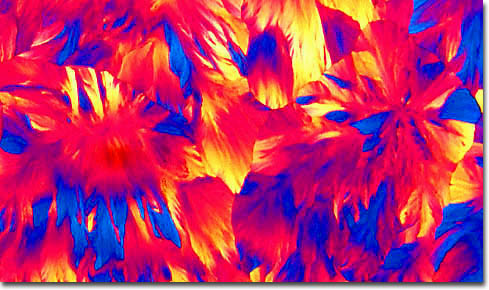|
Carbofuran is a member of the carbamate class of pesticides derived from the basic carbamic acid moiety. The mode of action of this pesticide is similar to that of the organophosphates, which act by inhibition of the enzyme cholinesterase. Carbamates were first introduced in 1951 by Geigy Chemical Company in Switzerland, but found little use due to low effectiveness and relatively high cost. Later studies indicated that the N-methyl carbamates were much more toxic to insects. Carbofuran is a plant systemic and has a high water solubility, which allows the pesticide to be taken into the roots or leaves. It is also a very promising nematicide, being registered in this application for alfalfa, tobacco, peanuts, sugarcane, and possibly soybeans, cotton, grapes, and grains. The carbamate has a relatively short residual lifetime, rendering it useful on forage and vegetable crops.
|
